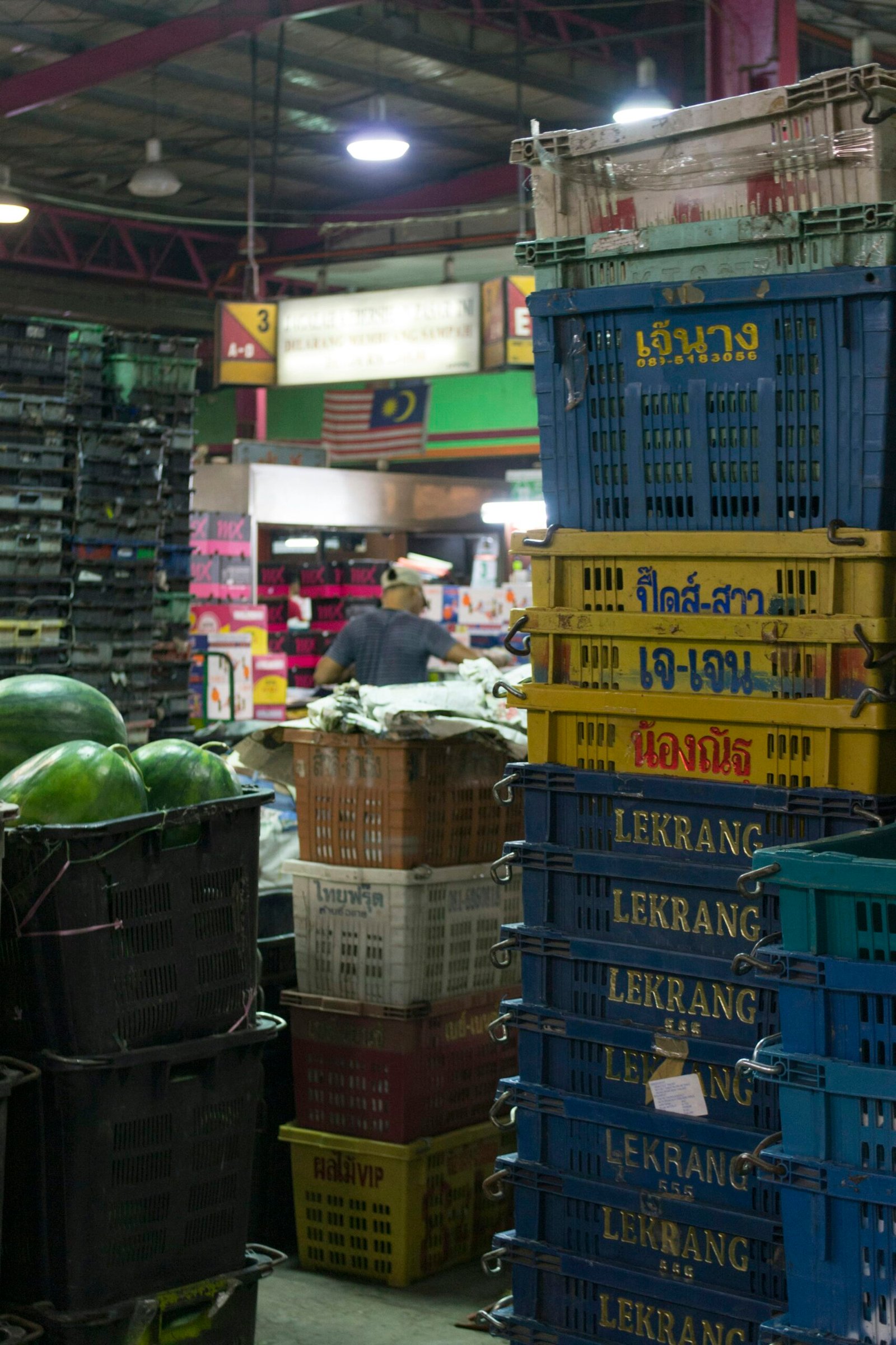The Environmental Impact of Traditional Plastics
Traditional plastics, primarily derived from petrochemicals, have profound implications for the environment throughout their lifecycle. The process begins with the extraction and refining of fossil fuels, leading to significant greenhouse gas emissions. The production of plastics not only consumes vast amounts of energy but also generates toxic byproducts, which harm both local ecosystems and human health. Furthermore, the durability of plastics makes them resistant to natural degradation, resulting in long-lasting pollution.
Once in the environment, traditional plastics contribute to a growing crisis. Millions of tons of plastic waste enter the oceans every year, leading to the formation of large garbage patches, the most notable being the Great Pacific Garbage Patch. This accumulation of waste poses severe risks to marine life, as animals can ingest plastic debris or become entangled, often resulting in injury or death. Additionally, microplastics—tiny particles resulting from the breakdown of larger plastic items—have infiltrated the food chain, raising concerns over their impact on human health and the well-being of wildlife.
The issue extends beyond oceans; terrestrial ecosystems are also affected. Plastic litter can disrupt habitats, impede soil quality, and contribute to biodiversity loss. The presence of plastic waste in natural environments can also hinder the growth of plants and the overall functionality of ecosystems. As the global population grows, so does the production and consumption of plastics. This exponential increase aggravates the existing crisis, leading to heightened calls for immediate action.
The alarming rise of traditional plastic waste emphasizes the pressing need to explore sustainable alternatives. Transitioning to eco-friendly materials can alleviate the detrimental effects currently experienced in our ecosystems. As such, the urgency for innovation in material science is apparent, requiring collaborative efforts among industry, consumers, and policymakers to create a more sustainable future.
Innovative Materials Revolutionizing the Industry
The quest for sustainable alternatives to traditional plastics has catalyzed a wave of innovative materials designed to minimize environmental impact while maintaining functionality. Among these alternatives, biodegradable plastics stand out as a promising solution. These materials are engineered to break down through natural processes, significantly reducing plastic pollution. When disposed of correctly, biodegradable plastics can decompose into natural substances, making them an appealing choice for various applications including packaging, utensils, and single-use items.
Bioplastics, derived from renewable sources such as cornstarch and sugarcane, represent another exciting avenue. Unlike conventional plastics, which depend on fossil fuels, bioplastics utilize plant materials, thus lowering carbon emissions during their lifecycle. For instance, polylactic acid (PLA) is a widely recognized bioplastic made from fermented plant starch, showcasing properties similar to conventional plastics while being compostable under industrial conditions. These traits position bioplastics as viable options for food packaging, agricultural films, and even 3D printing, appealing to consumers and industries seeking environmentally responsible choices.
Recent advancements in mycelium-based and algae-based products further illustrate the potential of innovative materials in the sustainable landscape. Mycelium, the root structure of fungi, can be cultivated to create biodegradable composites that replicate the texture and versatility of traditional plastics. This remarkable material not only offers an alternative for packaging but can also be utilized in construction and automotive industries as an eco-friendly substitute. Additionally, algae—a rapidly renewable resource—can be transformed into bio-resins and bioplastics, suitable for various commercial applications. This innovation not only addresses plastic pollution but also encourages sustainable practices in sourcing and production, providing a dual benefit for environmental preservation.
Real-World Applications of Sustainable Plastics
The transition to sustainable plastics has gained significant momentum in various industries, demonstrating tangible success in real-world applications. Companies worldwide are increasingly recognizing the urgency of reducing their plastic footprint and are innovating to meet this challenge. For instance, Unilever has made substantial strides by committing to using recycled plastic in its product packaging. As part of its Sustainable Living Plan, the multinational consumer goods company aims to ensure that, by 2025, all its plastic packaging will be recyclable, reusable, or compostable. This initiative exemplifies how large corporations can implement sustainable alternatives to traditional plastics and reshape their operational practices.
Another commendable example comes from Coca-Cola, which has pledged to make its packaging 100% recyclable by 2025. The company is investing in plant-based bottles, significantly reducing reliance on virgin fossil fuel-based plastics. This commitment is part of a broader vision where brands seek to minimize their environmental impact by rethinking their supply chains and embracing circular economy principles. Coca-Cola’s actions indicate a growing trend among beverage companies to harness sustainable materials in their packaging efforts.
In the fashion industry, various sustainable brands are championing the use of recycled plastics. For example, Adidas has collaborated with Parley for the Oceans to create athletic footwear made from ocean plastic waste. This partnership not only addresses the pollution issue but also paves the way for a more sustainable business model, showing consumers that fashion can align with environmental conservation.
Furthermore, numerous startups are emerging that focus on zero-waste principles, creating innovative solutions such as biodegradable alternatives and compostable packaging. By fostering collaboration between businesses, researchers, and consumers, these organizations encourage a cultural shift toward sustainability. The collective efforts of industries highlight an optimistic trend in transforming plastic usage and formulating strategies committed to environmental stewardship.
How Consumers Can Support Sustainable Practices
In the journey toward reducing reliance on traditional plastics, consumers play a pivotal role. The first step individuals can take is to consciously evaluate their purchasing choices. By opting for products packaged in sustainable materials—such as biodegradable, compostable, or recyclable options—consumers can significantly impact the demand for traditional plastics. Supporting companies that prioritize eco-friendly practices in their production and packaging processes not only encourages these businesses to innovate further but also sends a clear message to the market regarding the preference for sustainable alternatives.
Reducing single-use plastic consumption is another critical action consumers can implement in their daily lives. Simple habits, such as using reusable bags, water bottles, and food containers, can substantially decrease the amount of plastic waste generated. Furthermore, individuals can actively choose to refuse single-use items at restaurants and events, asking for alternatives whenever possible. This mindset shift not only helps mitigate plastic pollution but also promotes a culture of sustainability within communities.
Advocating for policies that promote sustainability is equally essential. Consumers can engage with local and national initiatives aimed at reducing plastic production, such as bans on single-use plastics or incentives for companies that adopt sustainable practices. Writing to representatives or participating in campaigns can amplify the collective voice seeking change. Joining community organizations focused on environmental issues can also enhance efforts to spread awareness about sustainable practices and the importance of protecting natural resources.
Ultimately, consumer awareness and education are fundamental in driving the transition to greener practices. By staying informed about the impacts of plastic consumption and the benefits of sustainable alternatives, consumers can make more educated choices. As the demand for sustainable products increases, it paves the way for meaningful change, highlighting the critical role consumers have in this effort.









